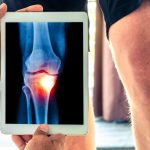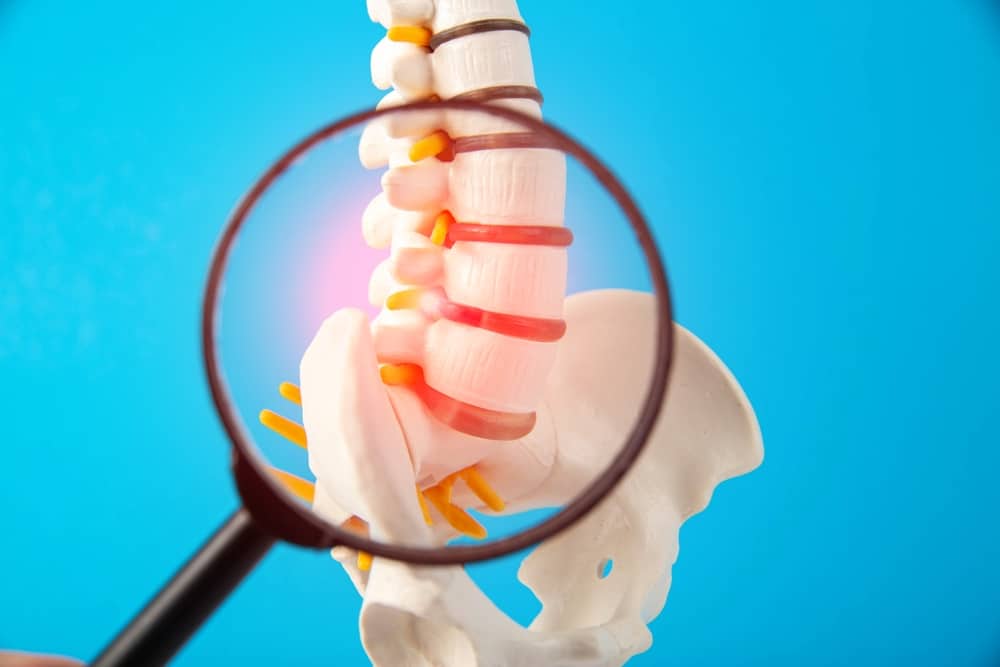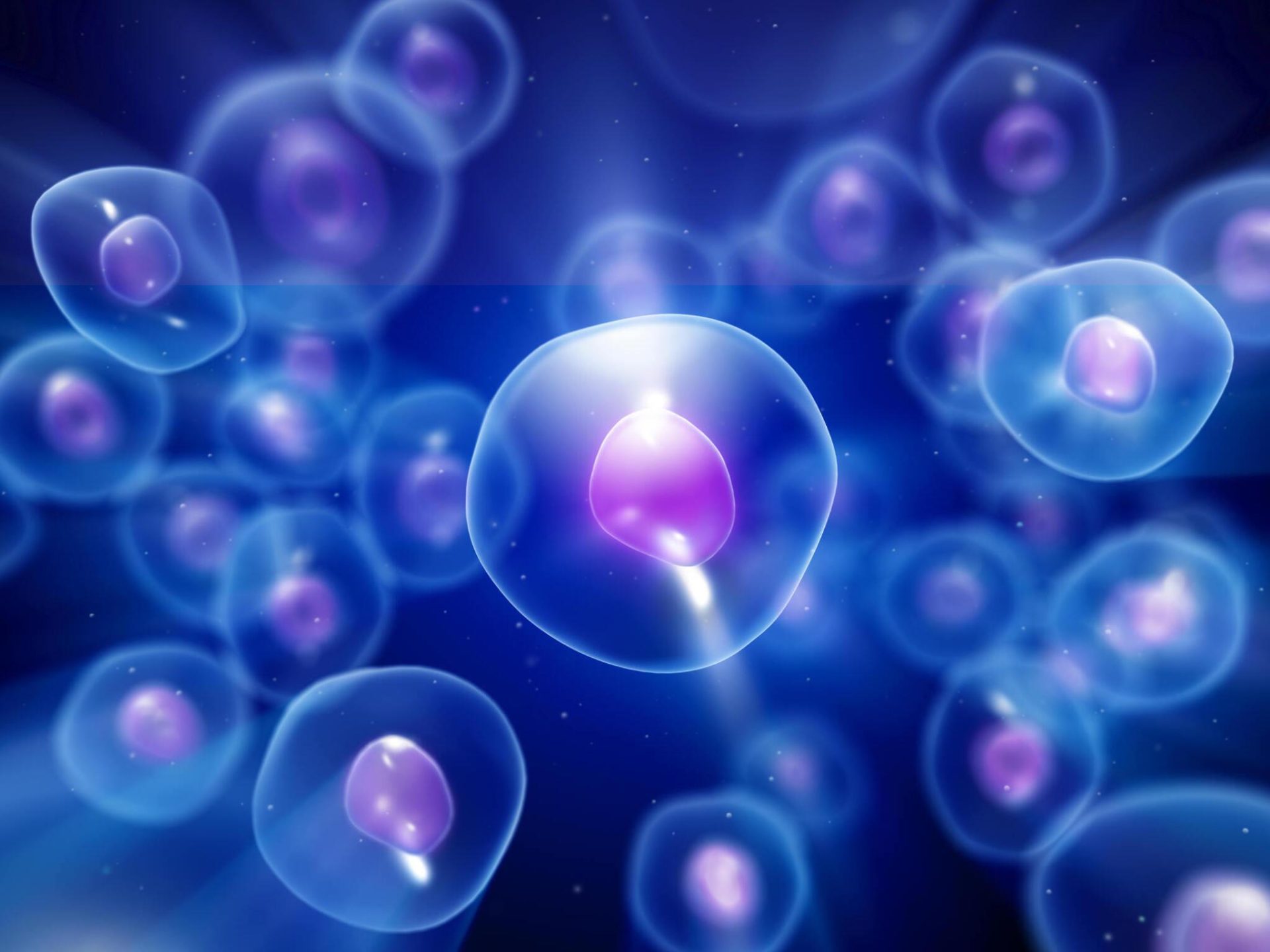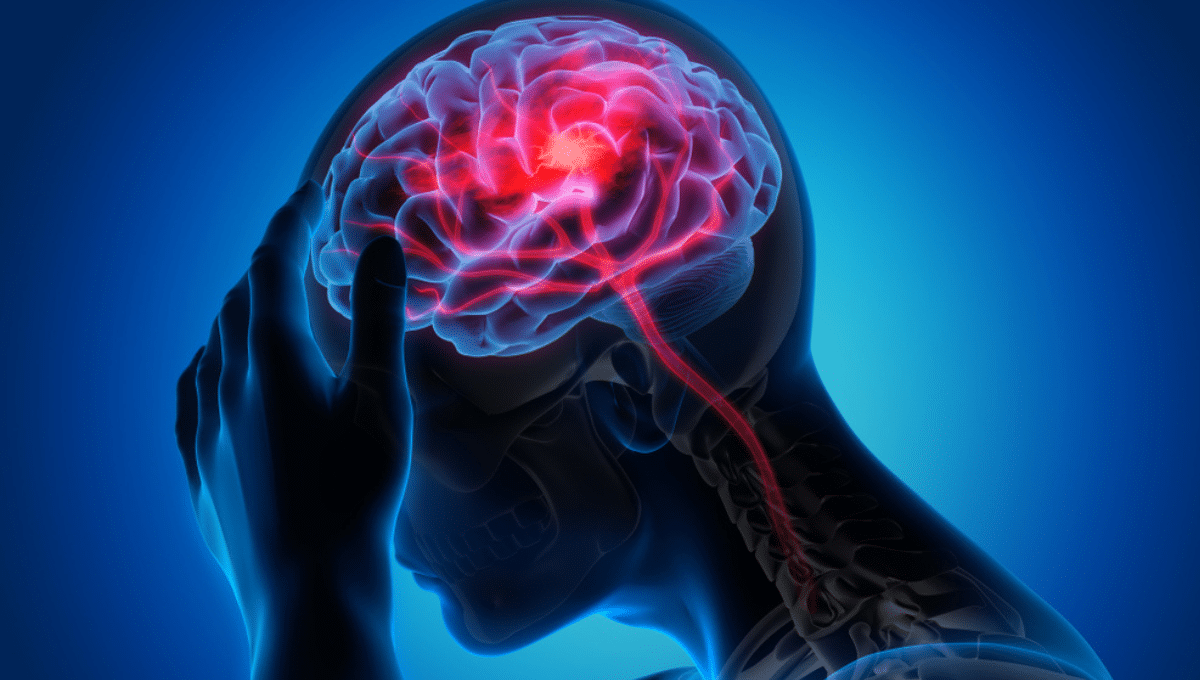- Home
- About Us
- Book Appointment
- Treatments
- Alzheimer’s Disease
- Anti-Aging
- Autism
- Autoimmune Disorders
- Back Pain
- COPD
- Crohns Disease And Ulcerative Colitis
- Erectile dysfunction and Penis enlargement
- Fibromyalgia
- Hip Pain
- Knee Pain
- Lupus
- Lyme Disease
- Multiple Sclerosis
- Muscular dystrophy
- Parkinsons Disease
- Peripheral And Diabetic Neuropathy
- Post Cancer Treatments
- Post Stroke Recovery
- Psoriasis
- Rheumatoid Arthritis
- Shoulder Pain
- Join The Club
- Aesthetics
- Blog
- Contact Us
Stem cell therapy has gained much attention and interest in the past few decades as a revolutionary approach to treating severe medical conditions and injuries. This path breaking avenue to disease treatment and symptom management offers promising hope to patients with chronic conditions like autoimmune diseases, neurologic disorders, heart problems, infertility issues, and more.
Stem cells’ distinctive properties are utilized in therapy to regenerate or repair damaged tissue and support natural healing. But one question frequently arises and bothers most patients before getting stem cell treatments: whether the process is painful.
This article will explore stem cell therapy basics and discuss what patients can expect during the treatment.
Understanding The Fundamentals Of Stem Cell Therapy
Before grasping the pain aspects and other details of the treatment process, you must understand stem cell therapy by learning the basics behind this groundbreaking regenerative medicine and how it works.
Stem cells are special undifferentiated cells found in the human body, possessing the distinct capabilities to differentiate and transform into any cell type. Cells can be sourced from various body parts like bone marrow, fat or adipose tissue, hip bone, early-stage embryos, and umbilical cord tissue.
Stem cell therapy involves using cells’ unique properties to promote tissue repair and regeneration, which can be used to treat a range of chronic medical conditions.
Read Also: 7 Common Questions By Patients Before First Stem Cell Therapy
How are stem cells harvested?
Cell-based treatment involves harvesting stem cells from the patient’s body or a donor and injecting them into the diseased area requiring treatment.
The pain level experienced while harvesting stem cells depends on the sources and methods used for collection. So, let’s get a clearer picture of the cell harvesting process.
- Bone Marrow – Stem cell extraction from the bone marrow is a somewhat painful experience because it requires inserting a needle into the pelvic bone to collect the stem cells. Most clinics prefer to avoid using this technique because the process is painful and uncomfortable, and fewer cells can be extracted.
- Adipose or Fat Tissue – A relatively less painful and easy process of stem cell collection and harvesting. Fat cells are obtained from the donor’s or patient’s body through a small liposuction process.
- Umbilical Cord Tissue (UCT) – Mesenchymal stem cells are obtained from umbilical cord tissue from donor sources and don’t cause discomfort during extraction. Following healthy births, the cells are isolated from newborn babies’ umbilical cord tissue (Wharton’s Jelly).
Most stem cell therapy clinics use mesenchymal stem cells of UCTs because they are young cells with high proliferation capacity and multilineage differentiation potential. They can differentiate and develop into any cell type, thus repairing and regenerating tissues in the damaged areas.
Methods of Stem Cell Administration and Pain Associated With Them
Stem cell delivery into the patient’s body can be done through various routes, the most widespread of which is intravenous infusion.
Intravenous delivery
Intravenous infusions are painless, similar to a standard IV procedure. Healthy stem cells are slowly infused into the bloodstream via IV drip. The cells are administered by inserting a thin needle into the blood vein. The method is generally painless and requires one to two hours to complete.
Stem cell injection
In some instances, such as knee pain or shoulder injury, the cells are injected into the affected areas. The pain is mild, as patients might have a slight needle prick or burning sensation at the site of the injection.
Intrathecal (lumbar puncture) procedure
The method allows targeted delivery into the cerebrospinal fluid to reach the central nervous system. Intrathecal administration is mainly used in treating neurodegenerative diseases such as spinal muscular atrophy, multiple sclerosis, Parkinson’s disease, etc. Patients might experience pain at the insertion site, so doctors may use local anesthetics to eliminate pain and discomfort.
It is essential to understand that the pain thresholds of individuals vary. For some, the pain might seem minimal, while others may find the process extremely painful. Hence, every patient must communicate their level of pain tolerance with the medical professionals to ensure adequate pain management measures are implemented during the procedure.
Read Also: Is Stem Cell Therapy A Cure For Neurodegenerative Diseases?
Pain Management Techniques During Stem Cell Treatment
Stem cell therapy centers and healthcare providers understand the pain associated with stem cell therapy and the patient’s concerns. To eliminate pain, doctors might follow any of the pain management strategies below.
- Local Anesthesia – For processes like intrathecal administration involving needle insertion, local anesthetics are used to numb the area so the patient doesn’t feel pain or discomfort.
- Pain-relief Medications – When doctors feel a patient’s pain tolerance is low, they can suggest pain medications before or after the procedure to mitigate the pain.
- Cryotherapy – Cold therapy is also used to provide relief to patients. Applying ice packs on the site of injection helps reduce pain and swelling post-treatment.
Contact Life Altering Stem Cell Therapy Institute For A Safe And Comfortable Experience
At Life Altering Stem Cell Therapy Institute, we prioritize patient’s comfort and safety. Our healthcare professionals aim to give our patients a smooth and painless journey of stem cell therapy. We take necessary pain management measures to mitigate pain and ensure comfort.
As a well-established stem cell center in Mexico, we have made great strides in transforming the lives of thousands with our cutting-edge, high-quality stem cell treatments. Connect with our stem cell specialist, Doctor Josemaria Torres Farber, to learn about the stem cell administration process and determine whether you are an eligible candidate.
Summary
Stem cell therapy has emerged as a novel therapeutic approach that utilizes the body’s natural healing potential to treat chronic diseases. Using stem cells promotes the healing and regeneration of damaged tissues, potentially evading invasive and expensive surgeries and long-term medications.
Cell-based therapy is a rising avenue for medical treatment, offering hope to millions worldwide. But when it comes to pain, most patients get afraid and cannot decide whether to go for the treatment.
I hope this article is successful in explaining the kind of experience you can expect from the treatment. The level of discomfort and pain varies from person to person, depending on the method of administration and the individual’s pain threshold. However, it can be ascertained that the pain is minimal and tolerable. If a patient feels pain, medications are administered to provide comfort.
Contact the best stem cell therapy hospital in Mexico for a painless and comfortable stem cell therapy experience.














